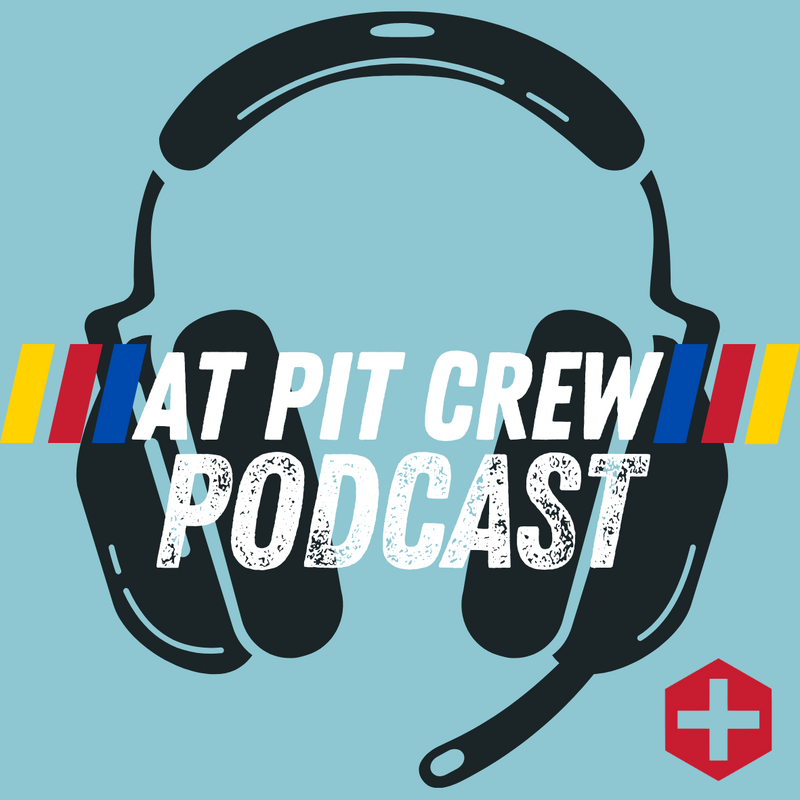We’re thrilled to announce that starting today --- AT Pit Crew Podcast episodes will now become available as a CEU courses on CEUnleashed!
🎓 Earn BOC Category A CEU Credit!
Course Description:
This episode dives into the critical issue of exertional heat illnesses in sports, featuring expert insights from Dr. Rod Walters, a nationally recognized athletic trainer and consultant. With over four decades of experience, Dr. Walters explores the evolution of exertional heat illness management, practical prevention strategies, and best practices to keep athletes safe at all levels of play.
📢 Listen to the AT Pit Crew Podcast anytime on your favorite podcast platform!
- Search "AT Pit Crew Podcast"
- Or join us directly at: https://atpitcrewpodcast.castos.com/

We’re thrilled to announce that starting today --- AT Pit Crew Podcast episodes will now become available as a CEU courses on CEUnleashed!
🎓 Earn BOC Category A CEU Credit!
Course Description:
This episode dives into the critical issue of exertional heat illnesses in sports, featuring expert insights from Dr. Rod Walters, a nationally recognized athletic trainer and consult…
We’re thrilled to announce that starting today --- AT Pit Crew Podcast episodes will now become available as a CEU courses on CEUnleashed!
🎓 Earn BOC Category A CEU Credit!
Course Description:
This episode dives into the critical issue of exertional heat illnesses in sports, featuring expert insights from Dr. Rod Walters, a nationally recognized athletic trainer and consultant. With over four decades of experience, Dr. Walters explores the evolution of exertional heat illness management, practical prevention strategies, and best practices to keep athletes safe at all levels of play.
📢 Listen to the AT Pit Crew Podcast anytime on your favorite podcast platform!
- Search "AT Pit Crew Podcast"
- Or join us directly at: https://atpitcrewpodcast.castos.com/




Hi Danielle,
Thank you for updating this on the issue. We have identified the video issue and has now been resolved. Don't hesitate to reach out if you have any questions!
Ray